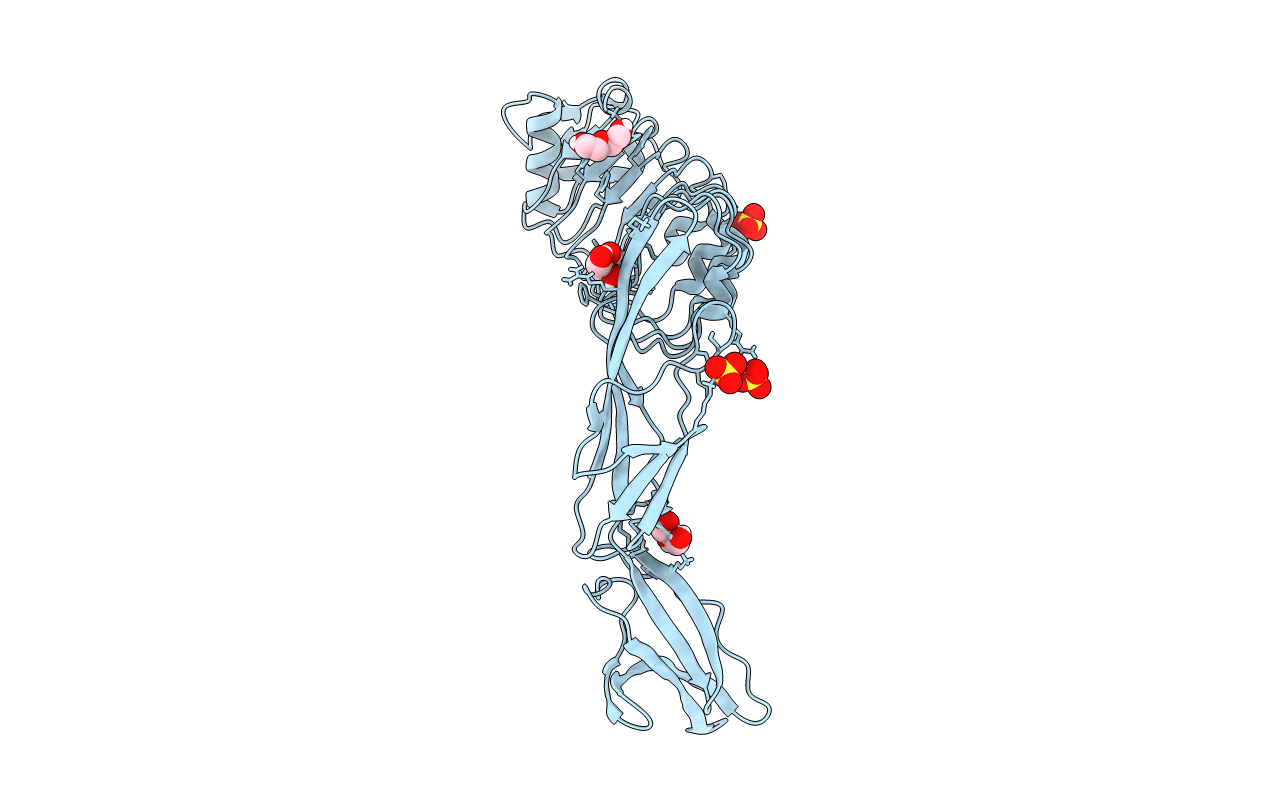
Deposition Date
2021-02-23
Release Date
2022-01-26
Last Version Date
2024-01-31
Entry Detail
PDB ID:
7NMS
Keywords:
Title:
InlB392_T332E: T332E variant of Listeria monocytogenes InlB (internalin B) residues 36-392
Biological Source:
Source Organism:
Host Organism:
Method Details:
Experimental Method:
Resolution:
1.80 Å
R-Value Free:
0.21
R-Value Work:
0.17
R-Value Observed:
0.17
Space Group:
P 21 21 21


